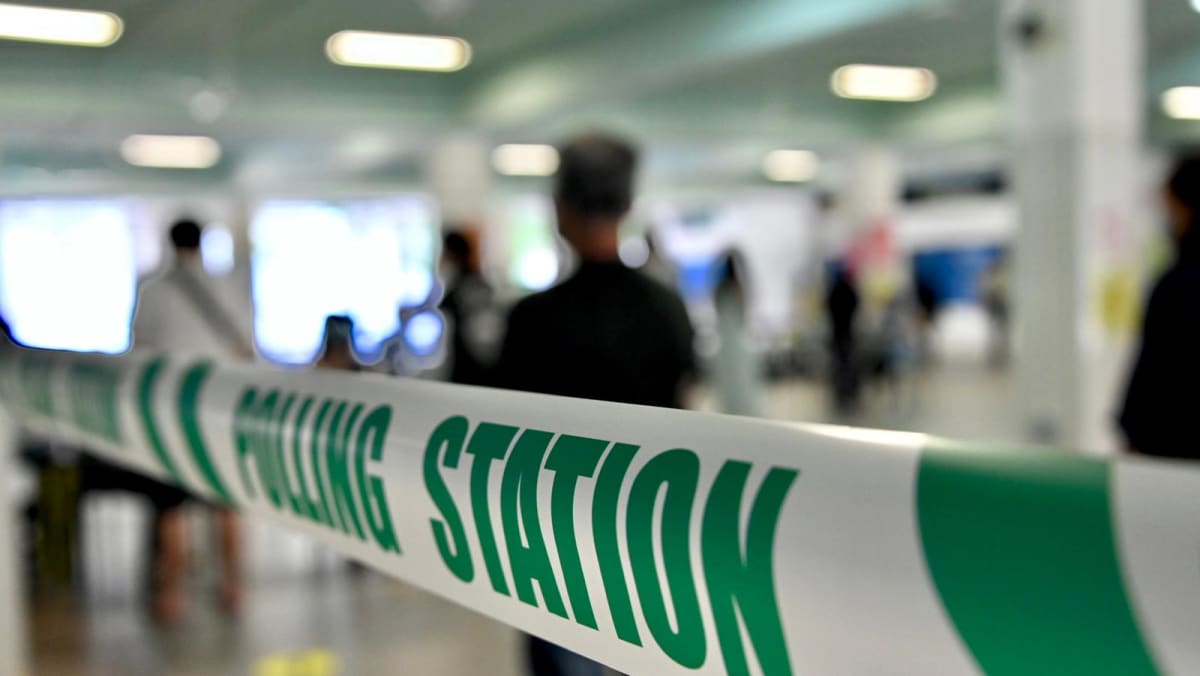What could having more voters mean for electoral boundaries?
Hong Kah North SMC’s voter population of 38,929 makes it currently the only constituency to breach the elector limit of 38,000.
Independent observer Felix Tan, who has written about Singapore’s political landscape, said it was possible for a portion of the SMC to be carved out and joined with a neighbouring GRC.
“Otherwise, it might be subsumed into a neighbouring GRC and then that GRC might be redrawn again forming two small GRCs,” he said.
In 2020, what was then known as Sengkang West SMC had 47,891 voters, far above the upper limit. It was eventually absorbed into a new Sengkang GRC.
Today, Ang Mo Kio GRC and Pasir Ris-Punggol GRC are also nearing the 190,000 upper limit (for their five-MP wards), with 188,820 and 180,319 voters respectively.
Both were formerly six-member GRCs before being downsized in 2020.
Experts said they could shrink further, with new SMCs and smaller GRCs carved out.
This already happened to Pasir Ris-Punggol GRC for the last election, when a new Punggol West SMC and four-member Sengkang GRC was created.
The average number of MPs per GRC has dropped – from five in 2011 to 4.75 in 2015 to 4.65 in 2020 – while the number of SMCs has gone up (from 12 to 13 to 14 over the same period).
Among the single seats, Yuhua is the smallest with 20,362 voters – just above the lower limit of 20,000.
It is the only SMC helmed by a full minister – Minister for Sustainability and the Environment Grace Fu.
Yuhua is also bounded by Jurong GRC, which currently does not have an “anchor” minister after former Senior Minister Tharman Shanmugaratnam retired from politics last year and won a presidential election.
An anchor minister is the de facto GRC team leader, whose presence serves to reassure residents and to guide new candidates, said Ms Kasthuri from SUSS.
There “might be a high chance” Yuhua gets subsumed into a new or existing GRC, said Dr Tan.
But not all electoral boundaries are redrawn at every round.
In 2020, 12 constituencies were untouched, Institute of Policy Studies research fellow Teo Kay Key noted. Seven of them were left intact in 2015 as well.
These include the opposition WP-held Aljunied GRC and Hougang SMC.
“It is probably an unwritten rule that unless the opposition wards fall, there are certainly no other strong reasons to (redraw boundaries there),” said Dr Tan, adding that changing the boundaries at these wards could be viewed as “politically motivated”.
Minister-in-charge of the Public Service Chan Chun Sing said in parliament earlier this month that the EBRC functions independently, without direction or control from the government.
Mr Chan, who is also Education Minister, added that the Committee prioritises the interests of voters and not any political party, including the ruling People’s Action Party (PAP).
The senior civil servants forming the EBRC also hold no party allegiances, and recommend boundary changes without fear or favour, he said.

